A History of Black Student Success on Campus
Introduction
Text-to-speech Audio
Images
Fred Matheas is pictured, center with ball, surrounded by his white teammates
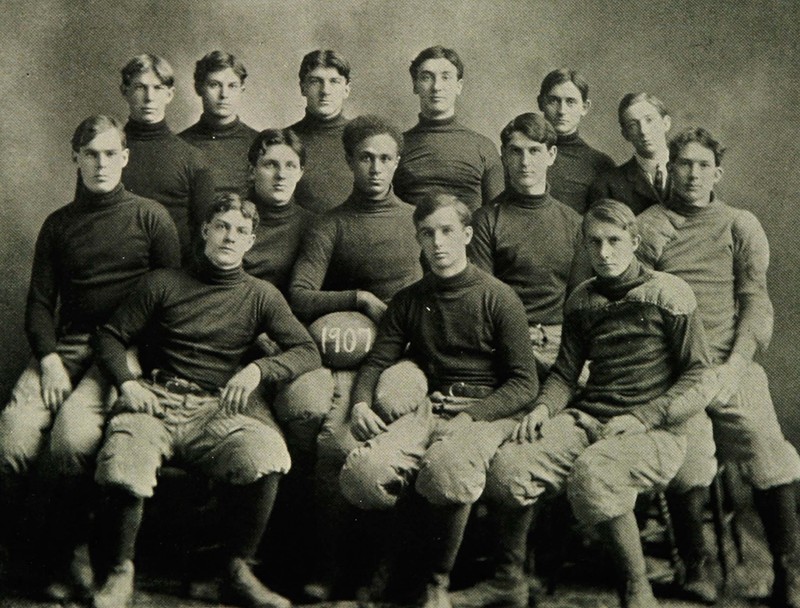
Fred Matheas pictured in the 1950s.
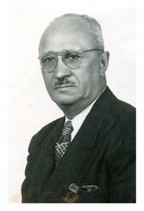
Article describes Ada V. Peters remarkable scores at Bangor High School

Ada V. Peters questionnaire upon entry to the University of Maine
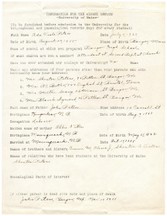
Ada Viola Peters yearbook entry
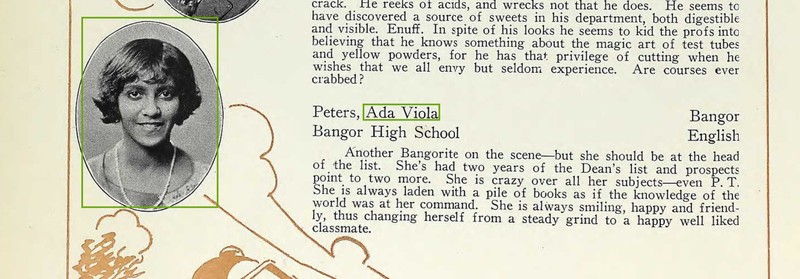
Ada Viola Peters 50th Reunion Questionaire
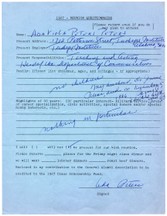
Ada V. Peters is pictured seated, bottom right, with a ladies' sorority in Tuskegee Alabama
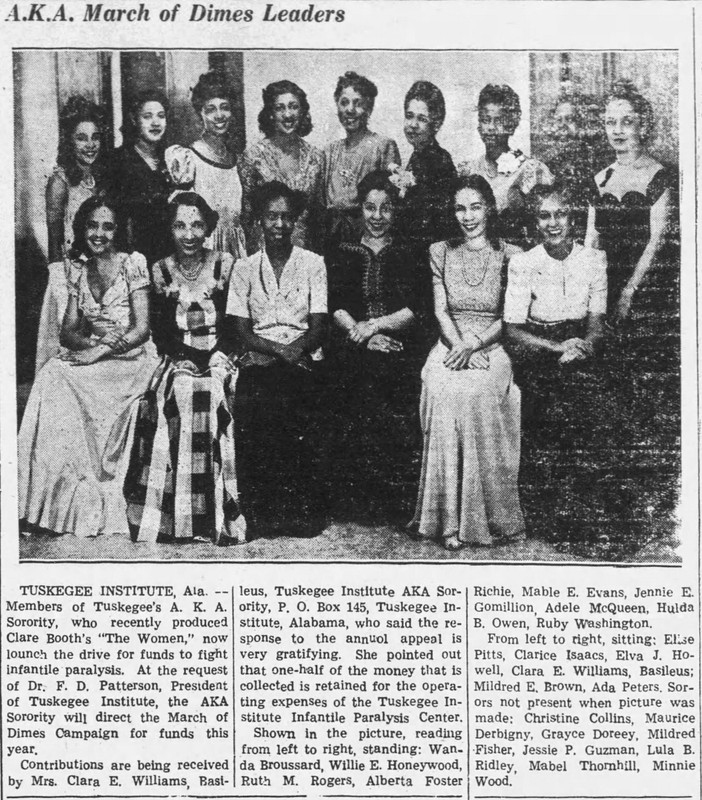
Backstory and Context
Text-to-speech Audio
One of the first known students of color at the University of Maine was Frederico “Fred” W. Matheas, Class of 1907. At a time when very few African Americans had access to higher education, Matheas broke barriers not just in the classroom, but in sports as well. He was born in 1881 in São Vicente, Cape Verde, a Portuguese colony that was instrumental in the slave trade. Slavery had only been outlawed there 5 years years before Fred’s birth.
Fred immigrated to the U.S. as a young teen. Other family members who had arrived earlier were already well-established in the Black community in Bangor. His father drove the post office’s mail team, and his uncle was a popular fireman. After graduating from Bangor High School in 1903, he continued his education at UMaine. Matheas’ inclusion on the football team is a very early example of integrated college sports. While a handful of earlier examples exist, many football teams in the South would not do so until seven decades later.
After graduating from UMaine in 1907 (other records say 1908) with a degree in Civil Engineering, Matheas worked as a railroad engineer in Bangor, and later for the Bureau of Water in Philadelphia in a management role.
Students of color continued to prove themselves on campus in the decades that followed.For instance, Ada V. Peters was the first person of color to join Phi Beta Kappa at UMaine, the oldest and most prestigious academic honors society in the country. Even in high school, she was at the top of her class, with a nearly perfect average according to the Bangor Daily News article linked in the images. She was the daughter of Black Canadian immigrants, themselves descended from enslaved people who escaped to Nova Scotia, Canada, generations earlier, and returned home following the Civil War.
Ada graduated in 1927 from the University of Maine with a degree in French. By 1930 she was living in Alabama, teaching at Booker T. Washington's Tuskegee Institute. She later received her M.A. from Columbia University. Married to prominent Black doctor Jesse Jerome "J.J." Peters, the power couple was well-known in both Tuskegee and New York circles. She continued to teach at Tuskegee for most of her life.
Cite This Entry
Sieber, Karen . "A History of Black Student Success on Campus." Clio: Your Guide to History. April 3, 2021. Accessed April 2, 2025. https://theclio.com/entry/129755
Sources
Elgersman Lee, Maureen. Black Bangor: African Americans in a Maine Community, 1880-1950. Lebanon: University of New Hampshire Press, 2005.
General Alumni Association, University of Maine, "Maine Alumnus, Volume 33, Number 6, March 1952" (1952). UMaine Alumni Magazines - All. 441.
University of Maine, "Ada Viola Smith (Peters) Biographical Information" (1995). University of Maine Racial Justice Collection. 6.
University of Maine Photo Archives, Fogler Library Special Collections, University of Maine
University of Maine Alumni Association, "Photograph of Frederico Matheas & Biographical Information" (1957). University of Maine Racial Justice Collection. 7. https://digitalcommons.library.umaine.edu/racial_justice/7
Bangor Daily News, June 4, 1919, pg. 5.
University of Maine, "Ada Viola Smith (Peters) Biographical Information" (1995). University of Maine Racial Justice Collection.
University of Maine Prism Yearbook
University of Maine, "Ada Viola Smith (Peters) Biographical Information" (1995). University of Maine Racial Justice Collection.
Birmingham Weekly Register, January 27, 1945

